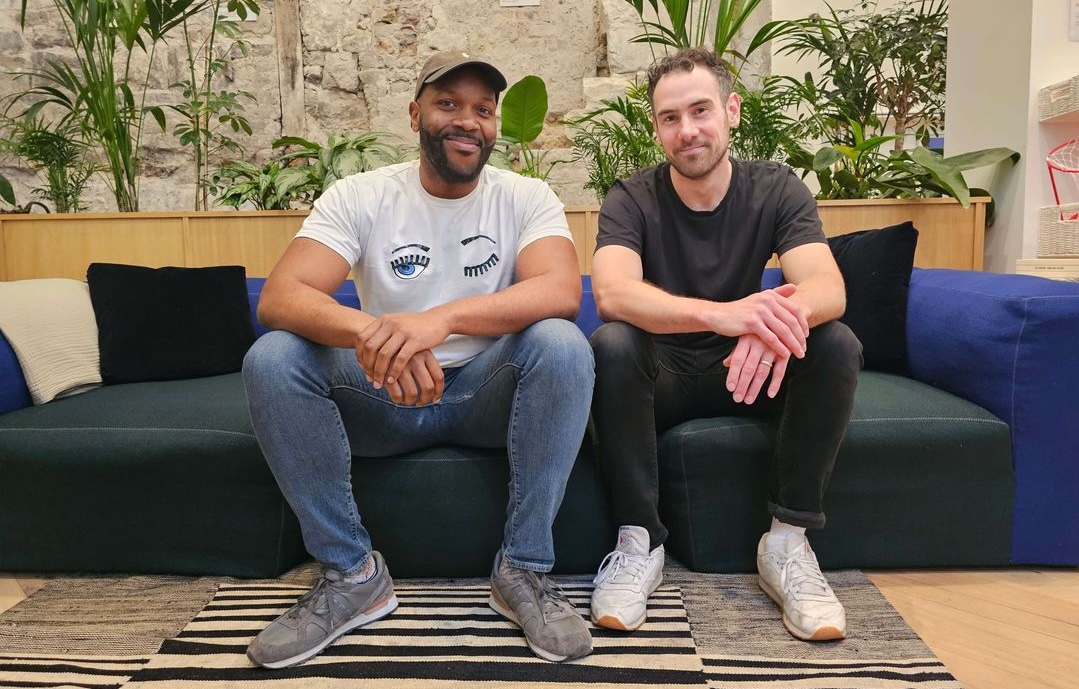ImpactAlpha, Jul. 27 – The Great Resignation turned out to be instead The Great Reshuffling. And as workers reshuffled back, they looked for a quality of jobs they actually want. Employers that offered respect and advancement opportunities, along with smarter benefits, wellness support and, yes, higher pay, discovered they had a competitive edge in recruiting and retaining talent key to business success.
Some investors are betting that rising expectations among workers will require employers to continue to woo and try to keep them with what are variously call “good,” “quality” or gainful jobs. The workplace disruption has given rise to private-equity and private-debt strategies that aim to deliver “worker solutions” and “workforce impact.”
“Most businesses we talk to are short of the workers that they need to grow,” says Warren Valdmanis of Two Sigma Impact, a spinoff from the $60 billion Two Sigma hedge fund.
Valdmanis, ex- of Bain Capital Double Impact, raised $677 million for Two Sigma Impact, closing in April. His thesis: boosting job quality in job intensive sectors like the care economy and clean energy can unlock business value.
“We thought by taking a workforce-focused strategy, and trying to drive good jobs as our impact strategy, we could build a better private equity investment business to drive alpha,” Valdmanis told ImpactAlpha. Two Sigma Impact uses a 12-question “voice-of-worker” assessment tool before and after investments to evaluate job quality and worker satisfaction.
Other investors, including Lafayette Square and HCAP Partners, are likewise helping portfolio companies optimize their workplaces for employee recruitment and retention.
Empowered labor
The key conceptual shift is to treat workers and employees as an asset to be optimized, not a cost to be minimized. Such pro-worker investment strategy challenges conventional private-equity thinking – and practices, including mass layoffs and cost-cutting.
With a tight labor market and a reinvigorated union movement, worker empowerment in the aftermath of the Covid pandemic has proved remarkably durable, even in the face of higher interest rates. The Biden administration is touting wage gains for low-wage workers. Overall, inflation-adjusted income is up 3.5% since early 2021.
The worker prosperity may even have taken a bite out of the U.S.’s storied income inequality. A recent study found that wage growth in the last two years reduced by about one-quarter the four-decade increase in inequality. “Much of that progress, they found, came from workers’ increased ability — and willingness — to change jobs,” The New York Times reported.
The last-minute, $30 billion settlement between the Teamsters and UPS continued a string of deals in which workers have It was the latest in a string of labor deals in which workers won higher pay. Full-time workers will average $49 an hour.
The implication for investors: If labor shortages and rising wages are the new normal, then rising productivity through better recruitment, greater engagement and stronger retention can be a win-win for workers, employers and the broader economy.
Quality jobs
The pro-worker strategy is still nascent even in impact investing circles. In the IRIS+ database, only a dozen or so asset managers turn up in a search for “employment and quality jobs” as an impact category.
But that’s changing. Lafayette Square, led by Damien Dwin, made a splash with a focus on the middle market and the low-income people who make it work. Lafayette provides private credit to manufacturing, wholesale, construction and other businesses primarily located in low to moderate income census tracts.
Such companies have large workforces but underdeveloped human capital infrastructure, says Don Baylor, who runs Lafayette’s “worker solutions” platform. The unit works with portfolio companies to improve access to traditional benefits like health care and retirement and tailor additional for low-to-moderate income workers, such as matching savings programs.
Post-investment, Lafayette deploys data analytics to leverage company data, as well as social-economic data about where people live and work, to identify services to boost worker productivity and retention. Baylor says Lafayette is seeing higher expectations from workers at portfolio companies.
“That is something that we’re able to really lean in on,” he tells ImpactAlpha. “We see human capital analytics and the increased attention to human capital solutions as part of our risk management.”
The case for quality
Not all investors or business leaders see poor quality jobs as a problem worth solving. According to recent research, they should.
“What we see time and again is that better jobs lead to better business outcomes and investment returns,” write HCAP Parters’s Tom Woelfel and Ellen Frank-Miller of the Workforce and Organizational Research Center. “The science is solid. The correlations are real.”
Quest Diagnostics, working with Good Jobs Institute, as one example, was able to cut the attrition rate of its frontline customer service workers by 50% by starting reps at higher wages, offering step-based pay, and making career mobility attainable.
“There’s an opportunity here,” says Woelfel, a long-time proponent of good jobs who came to HCAP from Pacific Community Ventures.
San Diego-based HCAP Partners has raised three funds, including a $353 million fund last year, that invest mezzanine debt in lower middle market companies with revenues between $10 and $100 million. The firm deploys its “gainful jobs approach” to measure and improve job quality standards across its portfolio.
“In some cases, we have actually won deals over other investors, given our focus on job quality,” Woelfel tells ImpactAlpha. In others, the focus on improving job quality helped secure successful exits.
As part of a 2019 investment AMFM Healthcare, HCAP helped the company put in place a five-year jobs quality roadmap. The company created opportunities for advancement by designing supervisory-level positions for caregiving staff, increased starting pay, instituted paid self-care days, and built its diversity and inclusion competencies.
During that time, AMFM grew from 150 employees to 365 trained staff members, boosted average wages by $2/hour and saw increased retention and employee satisfaction throughout the pandemic. That value creation led to a 2022 exit to New Heritage Capital, which bought out HCAP’s existing debt and invested additional growth capital.
Funds like HCAP are positioned to execute on society’s changing view of the role and rights of workers, says Woelfel. “Not only is it about a positive impact for workers,” he says. “It’s also a lever of value creation that can be activated.”











